In The Land of Promises, Lefèvre revisits her own history, and the histories of others whose lives were implicated by China’s one-child policy


In The Land of Promises, Lefèvre revisits her own history, and the histories of others whose lives were implicated by China’s one-child policy
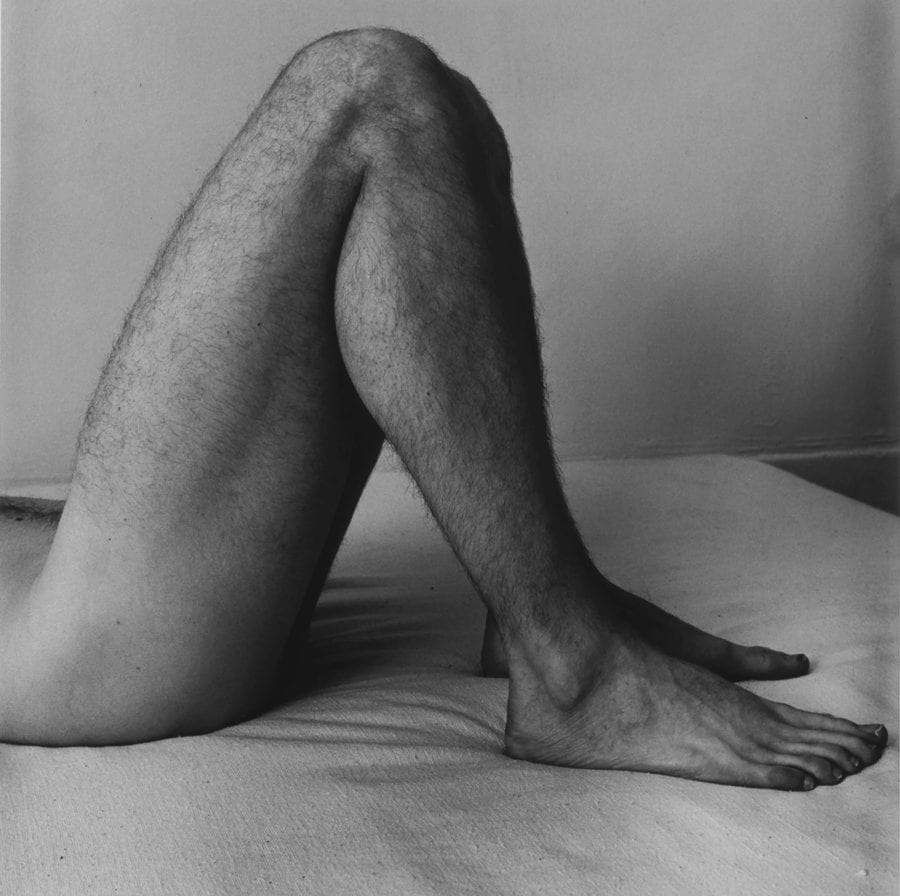
The spheres of Hujar’s and Davey’s coalesce in an intimate visual dialogue that speaks from this world to the next
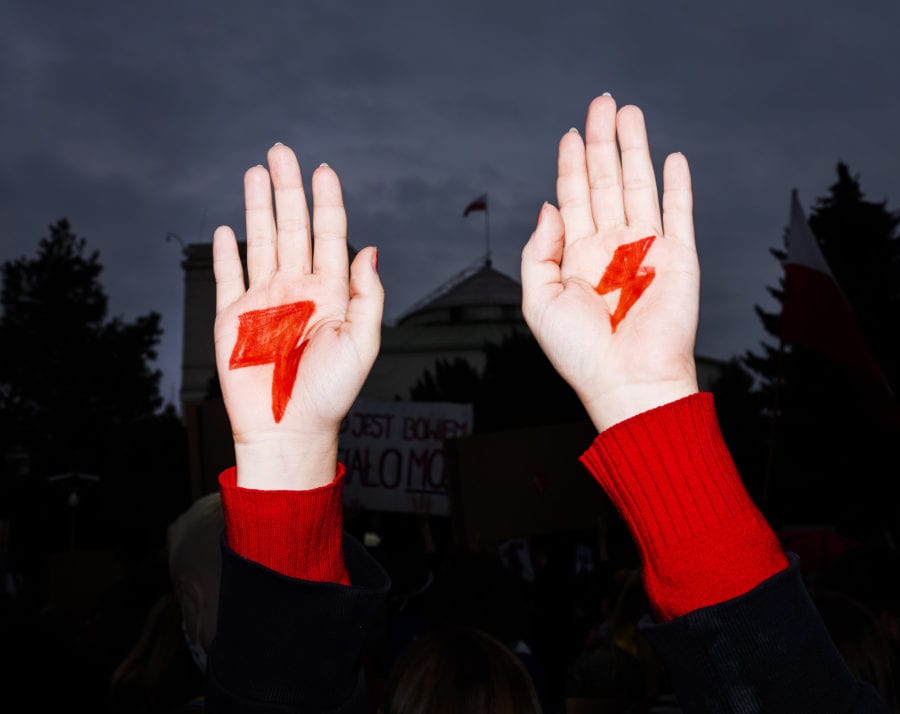
A digital platform, active Instagram feed and printed newspaper, the APP pairs photography with bold design to keep the cause on the agenda
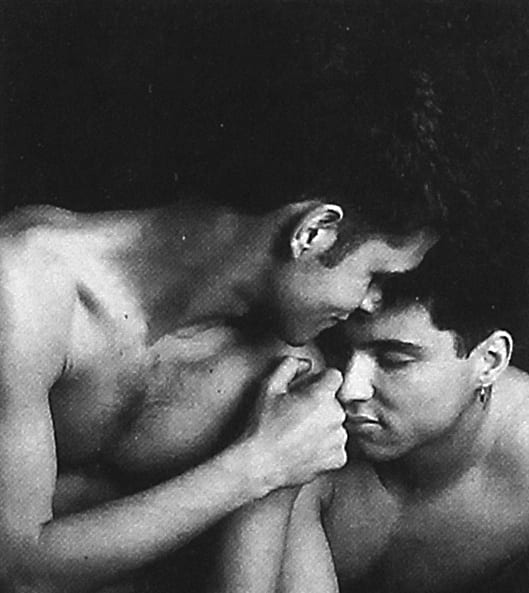
Drawing on Amsterdam’s IHLIA LGBT Heritage and Homologie magazine, Lerma pieces together a new narrative to represent the experience of gay men outside of stereotype
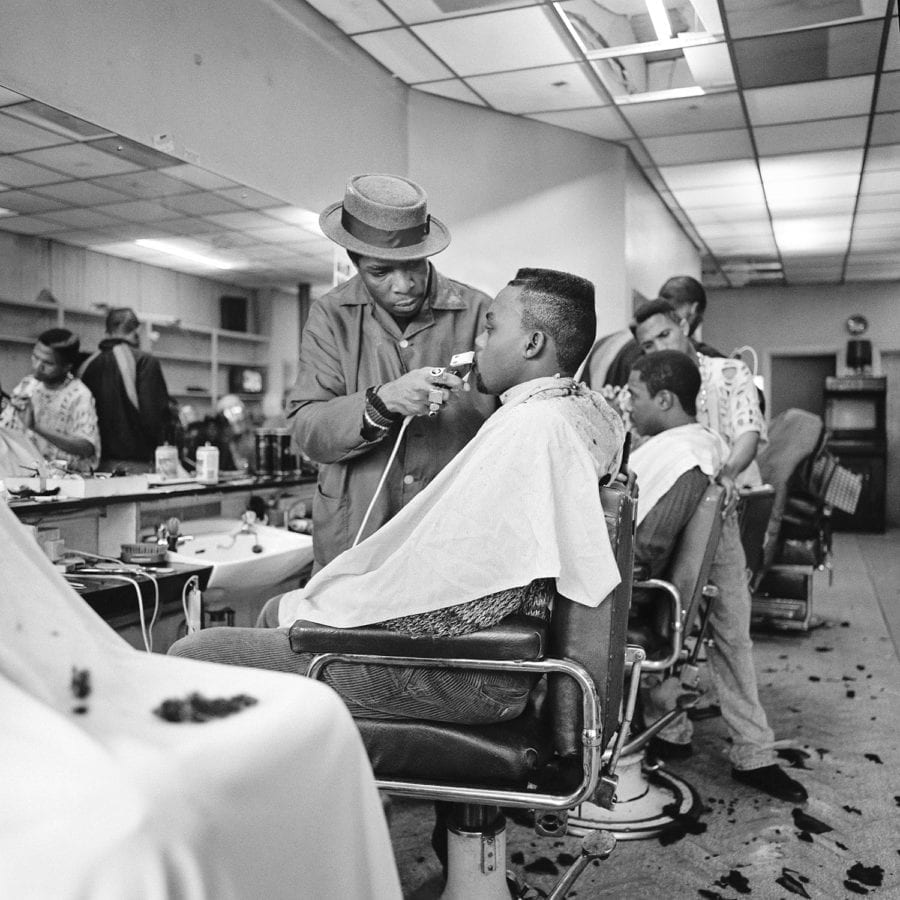
Mehta documents the daily happenings of his home borough, Brent, between 1989 and 1993, which he celebrates for its multiculturalism in his new book
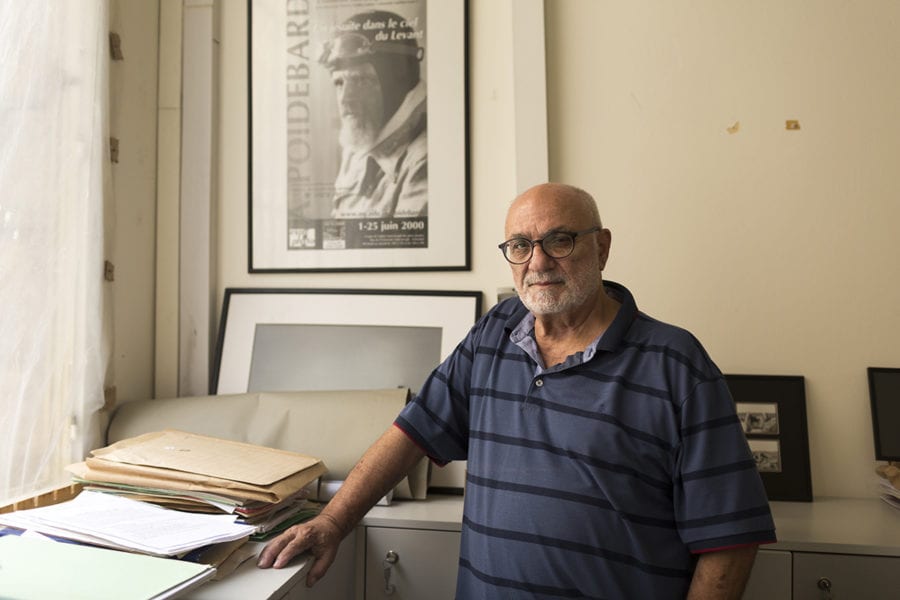
A colossal explosion in Beirut imperilled three major photo institutions near the blast site, and propelled issues of photo heritage preservation in the volatile region to the fore.
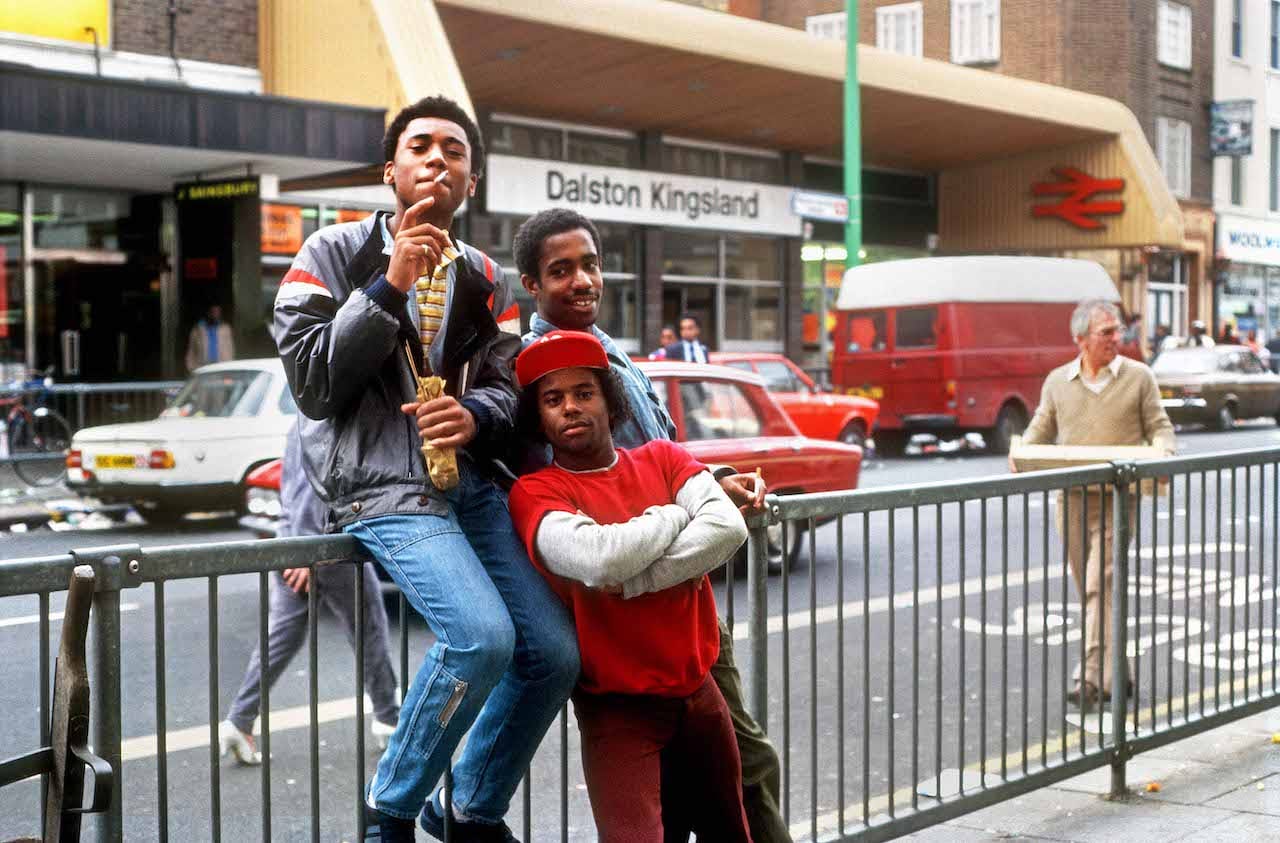
Discovered in the basement of the Rio cinema in 2016, an archive of 12,000 images made by an initiative for unemployed people, provides a portrait of everyday life, shot from within the community
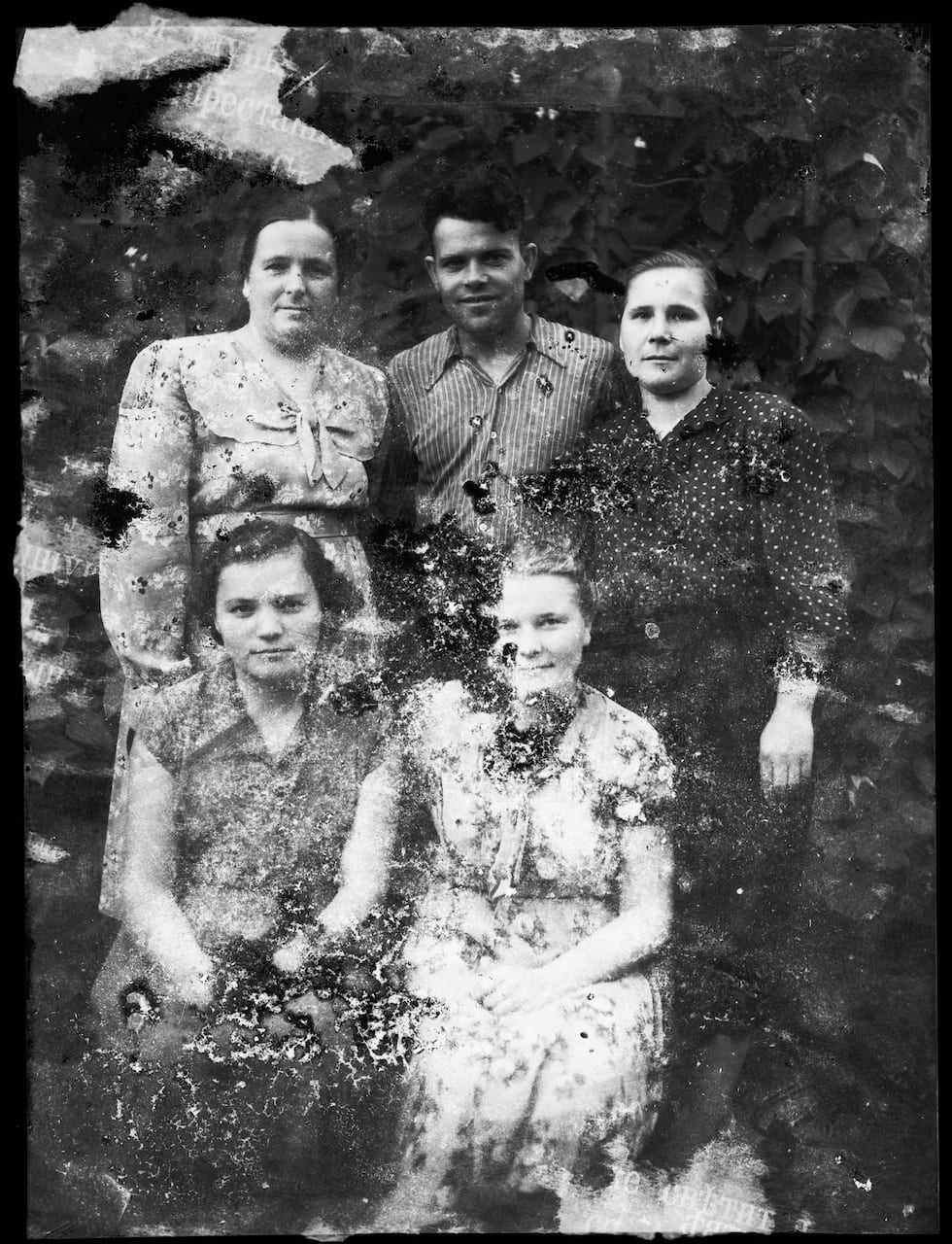
The Ukranian photographer spent two years smuggling found images out of Chernobyl’s exclusion zone. Now, he presents them in a virtual gallery